Info
Subfamily: Chloridoideae
Genus etymology: Eragrostis = "love grass" [Greek] unclear origin, other etymologies such as "early grass" or "very grass" have also been speculated
Species etymology: tenella = "delicate" [Latin] refering to the habit of the plants
Photosynthetic type: C4 (warm season)
Nativity: naturalized - accidental
First recorded in Hawaiʻi: 1871
Map
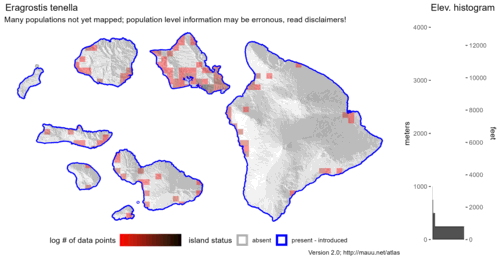

Inflorescence
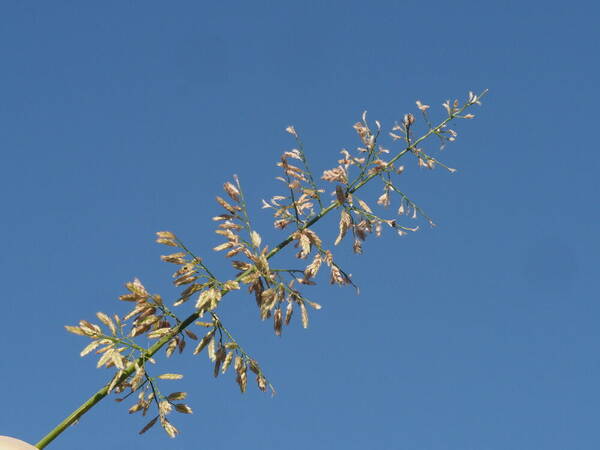
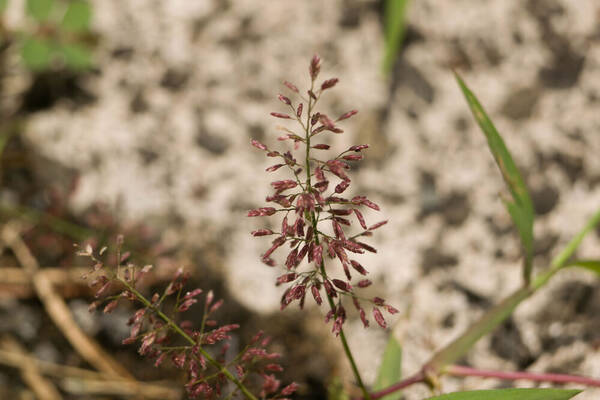
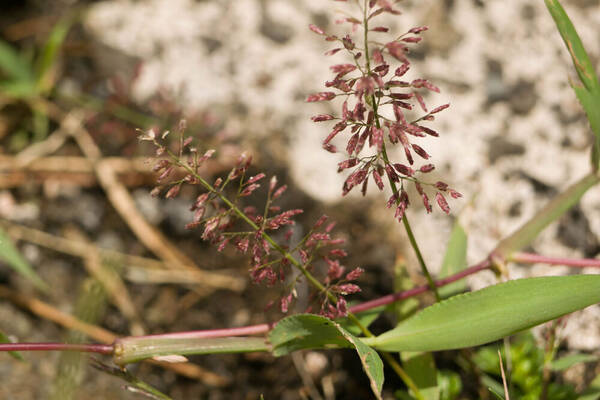

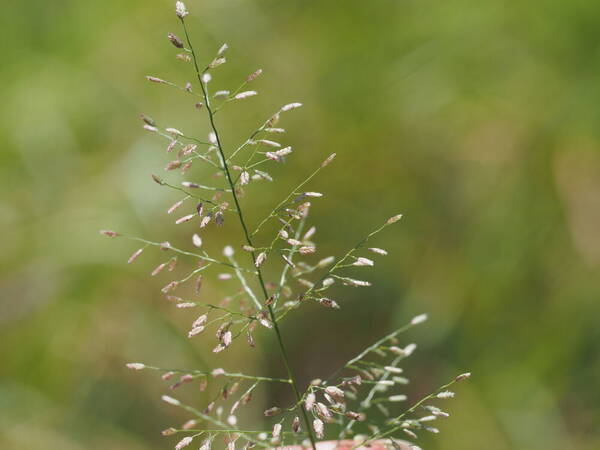
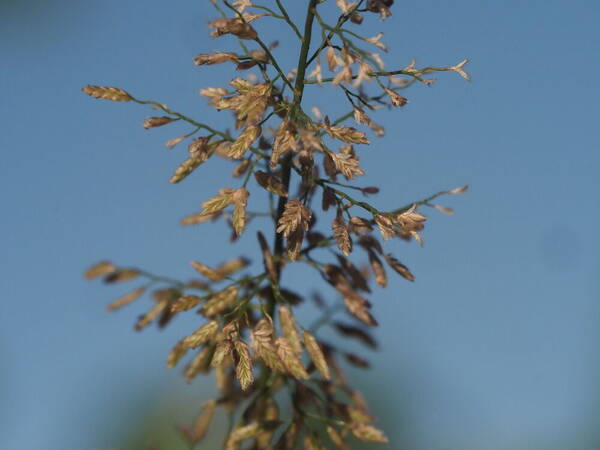
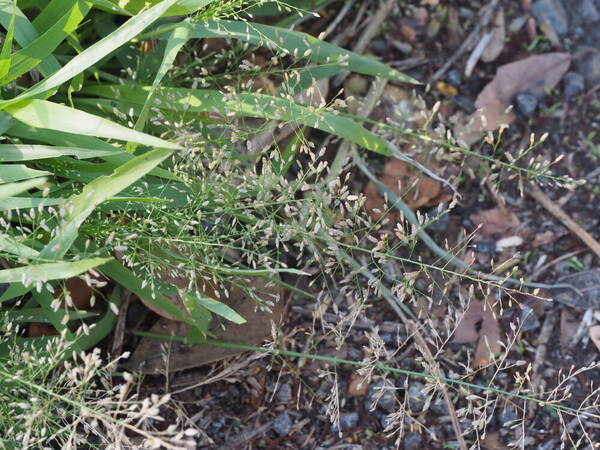
Plant

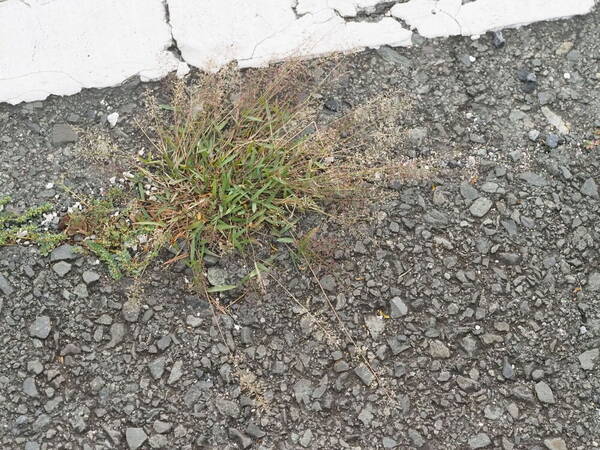
Habit
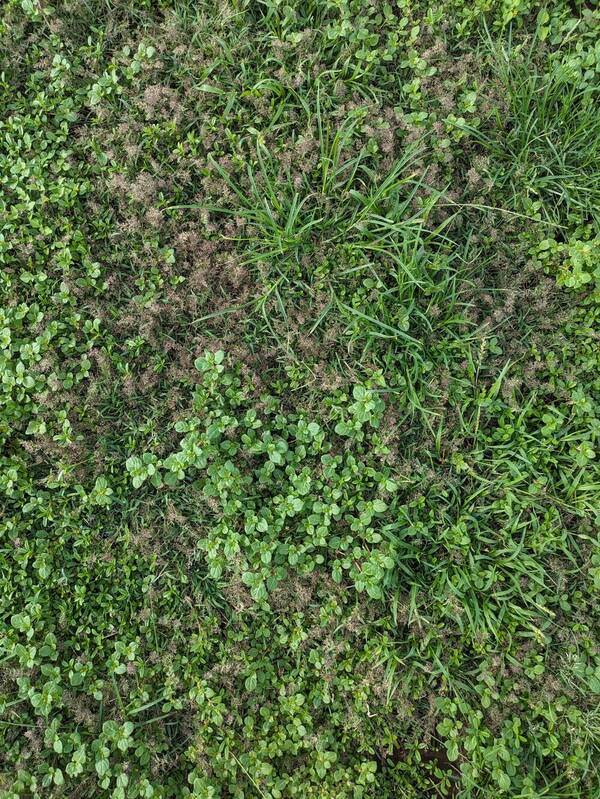
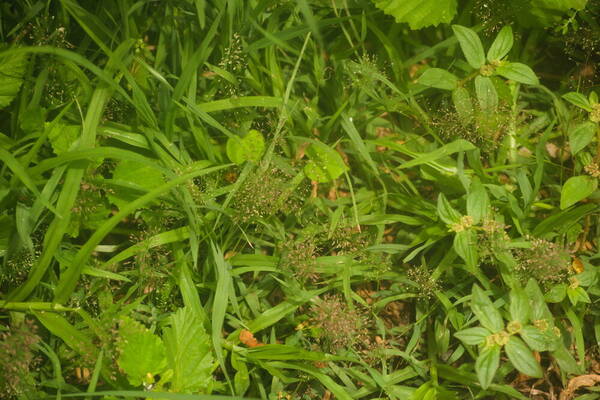
Spikelets
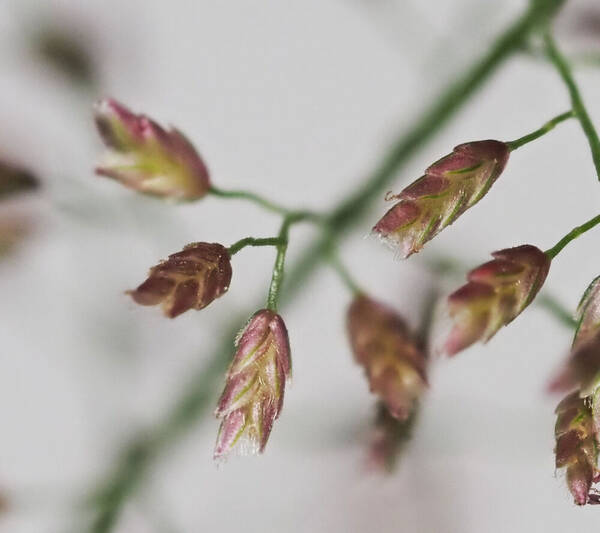
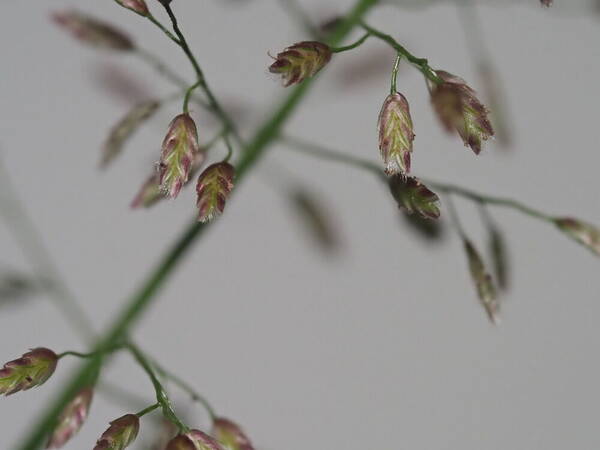
Node
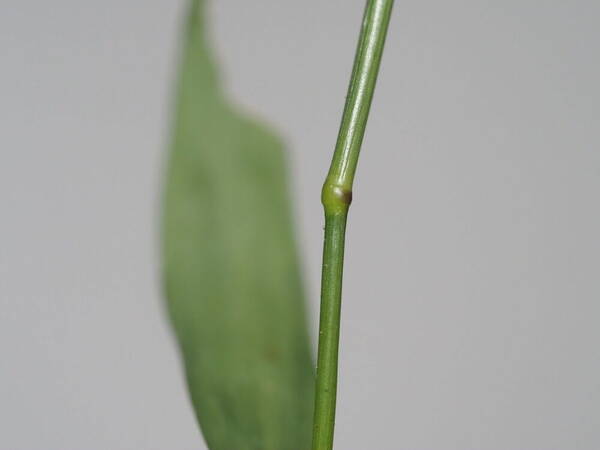
Collar
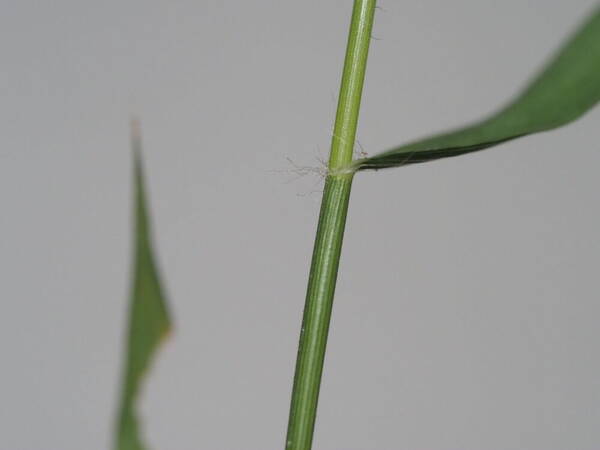
Description
Delicate tufted annual; culms 6–50 cm. high, erect or geniculately ascending. Leaf-blades fiat, up to 9 cm. long and 3 mm. wide. Panicle elliptic or pyramidal (but see var. insularis), 2–14 cm. long, open, hairy in the axils or not, the branches spreading and bearing oblong yellowish glands but not sticky. Spikelets 4–8-flowered, oblong-ovate, 1.5–2.5 mm. long, breaking up from the apex, the rhachilla fragile; glumes ovate to narrowly ovate, subequal, 0.5–1 mm. long, acute; lemmas ovate-oblong, 0.7–1 mm. long, smooth or scaberulous, broadly obtuse; palea-keels ciliate with hairs 0.1–0.3 mm. long, usually shorter than the width of the adjacent floret; anthers 3, 0.2 mm. long. Caryopsis ellipsoid, 0.5 mm. long.
(Description source: Clayton, W.D. 1970. Flora of Tropical East Africa. Gramineae (Part 1). Crown Agents for Oversea Governments and Administrations, London. 176 pp. )
Delicate, loosely caespitose annual; culms up to 50 cm tall, erect or ascending, mostly unbranched, glabrous at the nodes, with yellowish non-sticky glands below the nodes; leaf sheaths eglandular; ligule a line of hairs; leaf laminas 1–9 cm × 2–4 mm, linear, flat or with involute margins, glabrous, eglandular.Panicle 2–14 cm long, elliptic to pyramidal, rather dense to ± open, the spikelets evenly distributed on short pedicels 0.5–1 mm long, the primary branches not in whorls, terminating in a fertile spikelet, glabrous or pilose in the axils, the branches and pedicels with oblong yellowish non-sticky glands.Spikelets 1.5–2.5 × 0.9–1.2 mm, oblong-ovate, lightly laterally compressed, 4–8-flowered, the florets disarticulating from the apex downwards, the rhachilla fragile; glumes subequal, 0.5–1 mm long, reaching to beyond the middle of the adjacent lemmas, lightly keeled, narrowly ovate to lanceolate in profile, glabrous, acute at the apex; lemmas 0.7–1 mm long, lightly keeled, oblong-ovate in profile, membranous with distinct lateral nerves, diverging from the rhachilla at c. 45°, those in opposite rows not imbricate, the rhachilla visible between them, purplish, smooth or scaberulous, broadly obtuse at the apex; palea glabrous on the flanks, the keels slender, wingless, ciliate with tubercle-based hairs 0.1–0.3 mm long; anthers 3, 0.2–0.4 mm long.Caryopsis 0.4–0.5 mm long, elliptic.
(Description source: Pope, G.V. (ed). 1999. Flora Zambesiaca. Volume 10. Part 2. Kew, London. 261 pp. )
Plants annual; cespitose, without innovations, without glands. Culms 5-40 cm, erect, glabrous, occasionally with oblong glandular areas below the nodes. Sheaths hairy on the distal margins and at the apices, hairs to 4 mm, stiff; ligules 0.2-0.3 mm; blades 2-8 cm long, 2-4 mm wide, flat to involute, abaxial surfaces smooth, adaxial surfaces scabridulous, bases occasionally with papillose-based hairs. Panicles 4-15 cm long, 1-7 cm wide, cylindrical to narrowly ovate, open, rachises sometimes glandular below the nodes; primary branches 0.5-4 cm, diverging 20-100° from the rachises; pulvini sparsely pilose; pedicels 1-4(7) mm, as long as or longer than the spikelets, mostly pendent, lax, terete. Spikelets (1)1.5-2.5 mm long, 0.9-1.4 mm wide, ovate to oblong, reddish-purple to greenish, with 4-8 florets; disarticulation basipetal, glumes persistent. Glumes ovate, hyaline, keeled, veins commonly green; lower glumes 0.4-0.7 mm; upper glumes 0.7-1 mm; lemmas 0.7-1.1 mm, ovate to broadly oblong, membranous, lateral veins usually greenish, apices truncate to obtuse; paleas 0.6-1.1 mm, hyaline, keels ciliate, cilia 0.3-0.5 mm, apices obtuse to truncate; anthers 3, about 0.2 mm, purplish. Caryopses 0.3-0.5 mm, ellipsoid, translucent, light brown. 2n = 20.
(Description source: Barkworth, M.E., Capels, K.M., Long, S. & Piep, M.B. (eds.) 2003. Flora of North America, north of Mexico. Volume 25. Magnoliophyta: Commelinidae (in part): Poaceae, Part 2. Oxford University Press, New York. 783 pp. http://floranorthamerica.org/Eragrostis_amabilis )
Annuals; culms slender, erect or spreading, geniculate at base, 1-3 dm tall, glabrous. Sheaths glabrous, pilose at throat; ligule a fringe of hairs 0.2-0.4 mm long; blades lax, flat, striate, usually less than 10 cm long, 2-4 mm wide. Inflorescences paniculate, oblong or elliptic, 5-15 cm long, 3-6 cm wide, open, the branches slender, ascending or spreading, axils pilose, pedicels spreading, about as long as or longer than the spikelet; spikelets usually 4—6- flowered, 1.5-2 mm long, rachilla joints finally disarticulating; glumes subequal, broad, ca. 1 mm long; lemmas imbricate, ca. 1 mm long, apex obtuse; palea as long as lemma, conspicuously ciliate, the hairs widely spaced, straight, ca. 0.3 mm long. Caryopsis pale reddish brown, ellipsoid, 0.4-0.6 mm long. [2n = 20, 60.]
(Description source: O’Connor, P.J. 1990. Poaceae, pp. 1481–1604. In: Wagner W.L., Herbst D.R. & Sohmer S.H. (eds.)., Manual of the flowering plant of Hawaiʻi. Vol. 2. University of Hawaii Press & Bishop Museum Press, Honolulu )